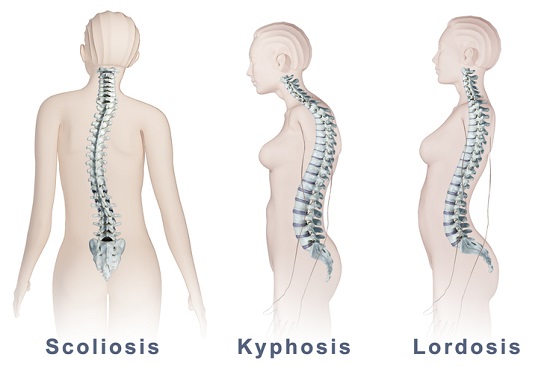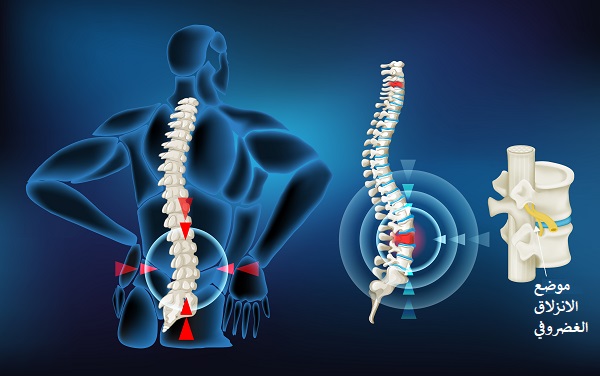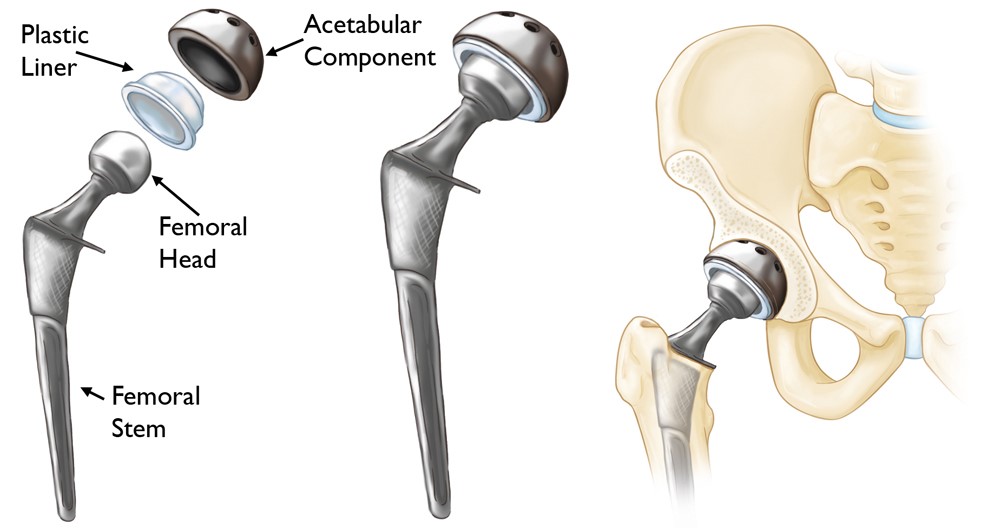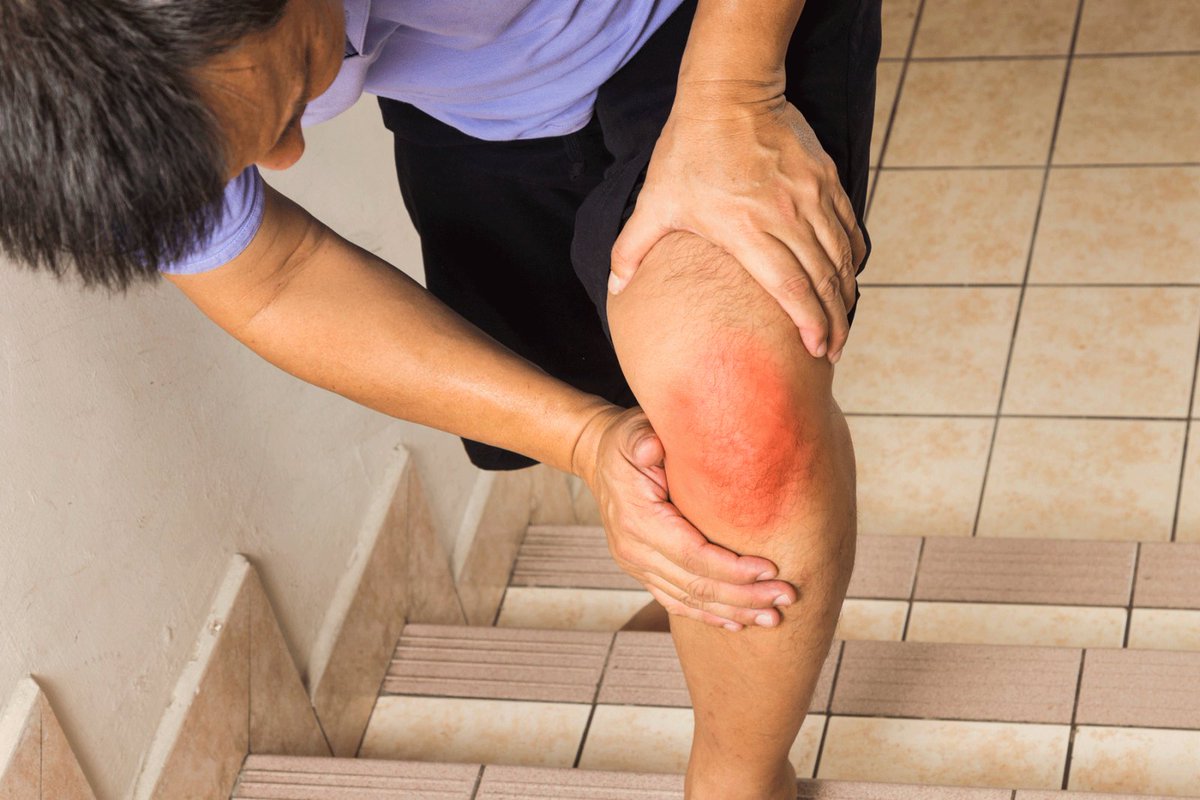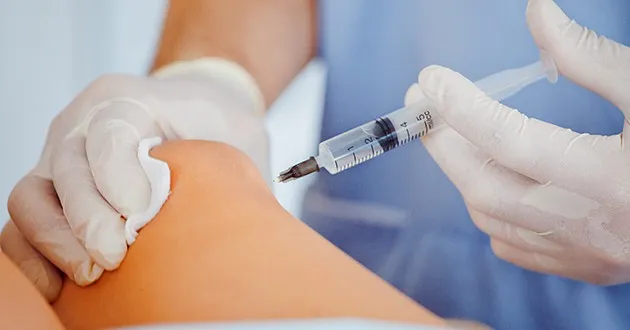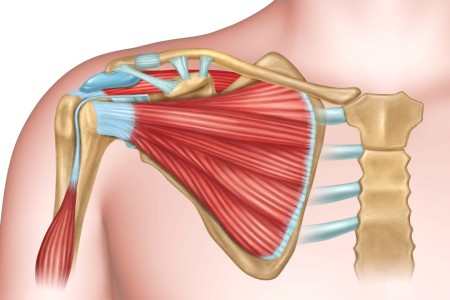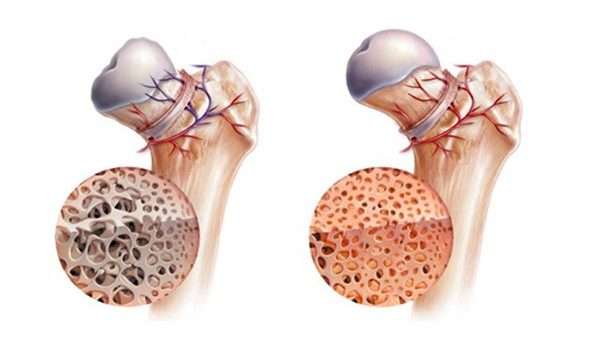What is the treatment for moving the kneecap from its place?
Movement or deviation of the kneecap can occur, which causes difficulty in walking. Here are more details regarding the causes, symptoms, and treatment methods for kneecap movement in the following article.
What is the reason for the movement of the kneecap?
The kneecap or patella can move from its position or there is a change in its location, so the effect occurs on the person’s ability to walk or move in general, and there are some reasons that lead to a movement of the knee cap, including:
- A person can have a knee injury and the kneecap moves out of position.
- In some cases, a congenital defect occurs in the body with the child from an early age.
- Sudden movements that cause pain when moving.
Certainly, an effect occurs in the knee as a result of the kneecap moving from its position, which affects the movement or the bending of the knee joint, and it can make the injured person less mobile, and he can also stop practicing some activities that negatively affect the knee and increase the feeling of pain.
What are the symptoms of kneecap dislocation?
Certainly, there is an effect of moving the knee from its position on the person’s ability to walk or perform activities that require pressure on the knee and thus limit the range of movement that he performs, and symptoms can begin to appear on the injured person as follows:
- Swelling in the knee.
- Feeling a sharp pain in the knee.
- The person becomes unable to stand.
- There is an imbalance when moving the knee.
How to diagnose dislocation or movement of the kneecap
The movement of the kneecap from its position can be exposed through a physical examination that the doctor performs at the beginning, but an x-ray must be performed on the affected part to confirm the condition of the knee and the extent of damage and to ensure that there are no complications.
The treatment of moving the kneecap from its place
The kneecap can be treated by examining the current condition of the kneecap and whether it has been completely dislocated because both cases have a method of treatment that is used in order for the patient to feel a great improvement in the knee and thus start walking again.
In the event of a complete dislocation of the knee, it is returned to its position with the operation of the endoscope to ensure that there is no damage to the cartilage because one of the risks of returning the kneecap to its position is an injury to the cartilage that often leads to roughness or persistent knee pain.
In the case of movement or partial dislocation of the knee, the kneecap can be moved until it returns to its position without the need for any surgical intervention, and thus the person will be more able to move in a faster time, but with the following some conservative treatment instructions during the recovery period.
What is the kneecap treatment?
Kneecap can be treated, and thus work is done to improve the condition of the knee and the person begins to return to his normal physical activity again, and the person can start home treatment and physical therapy as well to reach a state of recovery and begin to move the knee better and adapt to the new knee position.
Physiotherapy or physiotherapy is one of the important treatment methods that help improve the condition of the injured person and work to reduce the pain he feels and exercise works to strengthen the leg muscles and ligaments, which reduces the load placed on the knee.
Knee deflection exercises
There are several exercises that the patient can do that enhance muscle strength and make him able to walk normally again after the deviation of the knee cap, including:
- Stretching exercises.
- Squat exercise.
- Lifting exercises.

